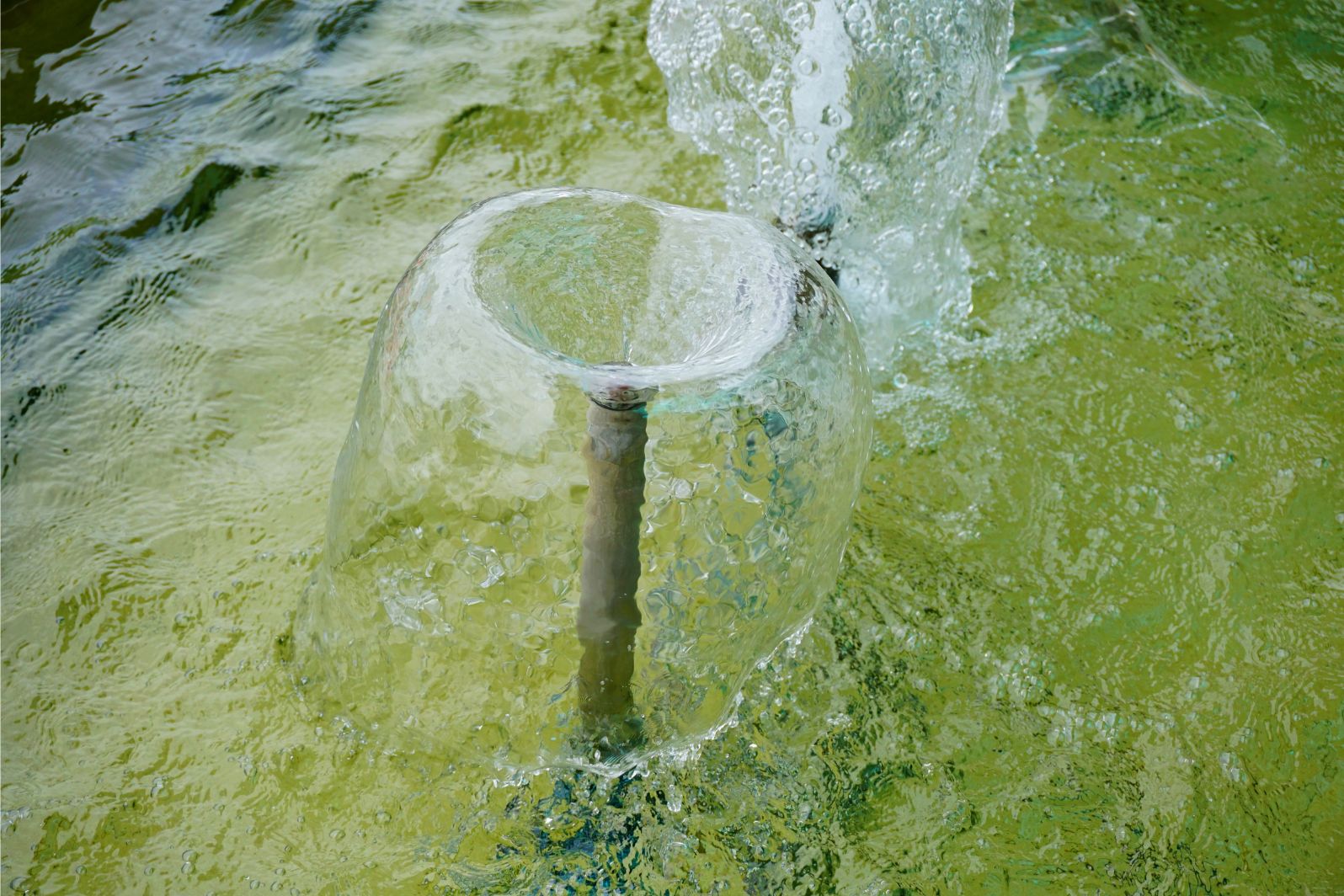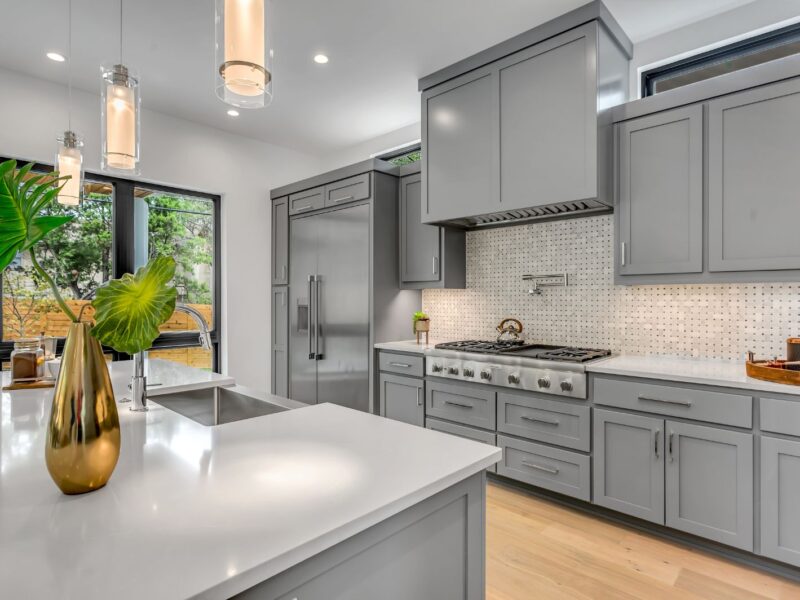Fountains are a popular addition to gardens, parks, and public spaces. They not only enhance the aesthetic appeal of an area but also create a soothing and relaxing atmosphere. One of the key elements in a fountain is the nozzle, which determines the pattern and height of the water spray. In order to achieve the desired effect, it is important to consider the water pressure in small fountain nozzles. This article will discuss the importance of water pressure in small fountain nozzles and how it affects the overall performance of a fountain.
Table of Contents
1. Water Pressure and Fountain Nozzle Performance
Water pressure plays a crucial role in determining the performance of a small fountain nozzle. The pressure of the water affects the height, shape, and intensity of the water spray. If the water pressure is too low, the fountain may not produce the desired effect, and the water spray may appear weak and lackluster. On the other hand, if the water pressure is too high, the water spray may be too vigorous and uncontrollable, resulting in water leakage and splashing.
2. Aesthetics and Water Pressure
Water pressure has a direct impact on the aesthetics of a small fountain. Different nozzle designs require different water pressures to create specific patterns and effects. For example, a nozzle with a fan-shaped spray pattern may require lower water pressure compared to a nozzle with a vertical jet pattern.
This is because the fan-shaped spray pattern disperses the water in a wider area, so the pressure needed to create the desired effect is lower. On the other hand, the vertical jet pattern requires the water to be forced upwards, which requires higher pressure.
The water pressure affects the height, width, and overall appearance of the fountain’s water display. If the pressure is too low, the water may not reach the desired height or spread out as intended, resulting in a less impressive display. Conversely, if the pressure is too high, the water may shoot out too forcefully or in an uncontrolled manner, potentially causing splashing or even damaging the fountain structure.
To achieve the desired aesthetics, it is important to use the appropriate nozzle design and adjust the water pressure accordingly. This can usually be done through a flow control valve or a pressure regulator. By understanding the specific requirements of each nozzle design, fountain designers and caretakers can ensure that the water pressure is optimized for the desired effect and maintain the visual appeal of the fountain.
3. Efficiency and Water Pressure
Efficiency is an important consideration when it comes to the operation of a small fountain. By maintaining the correct water pressure, fountain owners can ensure that the fountain operates efficiently, without wasting water or energy.
One way to maintain efficiency in a small fountain is to regularly check and adjust the water pressure. The water pressure should be set at the optimal level that allows for a steady flow of water without any excess. This can be done by adjusting the water pump or using a pressure regulator.
By keeping the water pressure at the correct level, fountain owners can avoid wasting water. Excessive water pressure can cause water to spray or splash out of the fountain, leading to unnecessary water loss. This not only depletes the water supply but also increases the water bill.
Furthermore, maintaining the correct water pressure also helps conserve energy. If the water pressure is too high, the water pump needs to work harder to push the water through the fountain. This results in increased energy consumption and higher electricity costs.
Regularly monitoring the water pressure and making necessary adjustments can prevent these inefficiencies. Fountain owners should also check for any leaks or blockages in the water lines that may affect the water pressure. Fixing these issues promptly ensures that the fountain operates at its optimal level, conserving both water and energy.
Overall, maintaining the correct water pressure is crucial for the efficient operation of a small fountain. It not only prevents wastefulness but also helps save on water and energy costs, promoting sustainability and responsible fountain ownership.
4. Maintenance and Water Pressure
The water pressure in small fountain nozzles also affects the maintenance requirements of the fountain. Low water pressure can result in clogs and blockages in the nozzle, reducing the efficiency and performance of the fountain. It may also increase the risk of algae growth and other water quality issues.
5. Safety and Water Pressure
Water pressure is not only important for the performance and aesthetics of a small fountain but also for the safety of users and bystanders. If the water pressure is too high, there is an increased risk of water spray hitting people or objects nearby. This can lead to accidents, injuries, or damage to property.
Therefore, it is crucial to properly regulate and maintain the water pressure in a small fountain. By doing so, the water flow can be controlled to avoid excessive water spray and ensure the safety of everyone in the vicinity. Additionally, a balanced water pressure enhances the overall performance and aesthetics of the fountain, creating a visually pleasing and enjoyable experience for users. Regular inspection and monitoring of the water pressure system can help identify any potential issues and address them promptly, reducing the likelihood of accidents or damage. Ultimately, maintaining appropriate water pressure in a small fountain is essential for both functionality and safety.
Conclusion
Water pressure plays a vital role in the performance, aesthetics, efficiency, maintenance, and safety of small fountain nozzles. The right water pressure can create stunning visual effects while also ensuring the longevity and proper functioning of the fountain. Fountain designers and owners must carefully consider and maintain the water pressure to achieve the desired effect and prevent any potential issues. With proper water pressure management, small fountains can become captivating and tranquil additions to any space.


